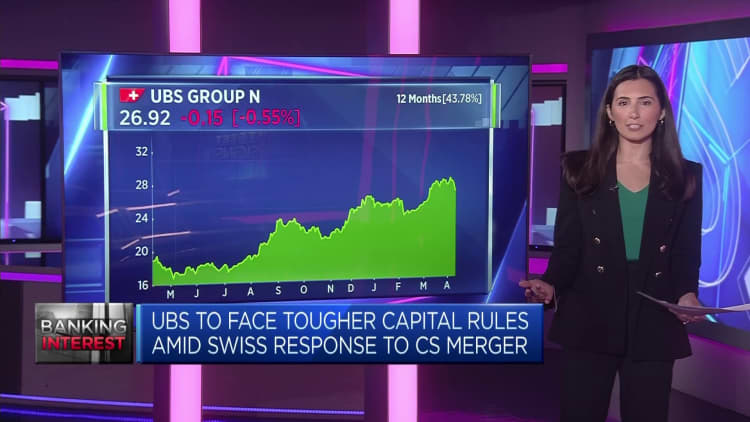The Biden administration on Thursday continued its efforts to expand student debt relief, canceling another $5.8 billion in federal loans for nearly 78,000 borrowers, including teachers, firefighters and others who mostly work in the public sector.
To date, the government has canceled $143.6 billion in loans for nearly four million borrowers through various actions, corrections and federal relief programs. That’s the largest amount of student debt eliminated since the government began supporting loans more than six decades ago, but it’s still far less than President Biden’s original proposal, which would provide up to 43 million borrowers with debt $400 billion would have been waived, but was blocked by the government’s Supreme Court.
The latest debt settlements apply to government and nonprofit employees under the Public Service Loan Forgiveness program, which can clear their balance after 120 payments. The PSLF program, which has been plagued with administrative and other problems, has improved in recent years after the administration made a series of corrections.
“For far too long, our nation’s teachers, nurses, social workers, firefighters and other public servants have faced logistical difficulties and trapdoors as they tried to access the debt relief to which they were entitled by law,” said Education Secretary Miguel Cardona.
As of October 2021, more than 871,000 public and nonprofit workers have received debt relief totaling $62.5 billion; Previously, only 7,000 people had received forgiveness since the program was launched more than 15 years ago.
Starting next week, borrowers set to receive the final round of debt relief under the PSLF program will receive an email notification from Mr. Biden — a reminder of his administration’s work just eight months before the presidential election.
Another 380,000 federal borrowers in the PSLF program, whose loans are scheduled to be forgiven in less than two years, will receive emails from the president informing them that they are eligible for debt forgiveness if they continue their public service jobs within this Continue the period.
Many of these borrowers were helped by programs that attempted to correct previous errors that may have resulted in payments not being credited to individuals. As a result, many borrowers received account adjustments or additional loans, bringing them closer to their repayment goal.
Millions of borrowers with certain types of loans are still eligible for some of these adjustments, but must apply to consolidate these loans by April 30 to qualify.
“Many people will need to consolidate by this deadline to benefit from and potentially access life-changing student loan relief,” said Abby Shafroth, co-director of advocacy at the National Consumer Law Center. This includes borrowers with private loans in the Federal Family and Education Loan, Perkins Loan and Health Education Assistance Loan programs, she added. (Those with Direct Loans or Department of Education loans do not need to do anything to adjust the number of their payments; this happens automatically.)
In addition to PSLF, the government has expanded relief through a number of other federal relief programs: About 935,500 borrowers have been approved for $45.6 billion in debt relief through income-driven repayment plans, in which monthly payments are based on the borrower’s income and household size based. After a set repayment period, usually 20 years, all remaining debts are repaid.
Another 1.3 million people lost $22.5 billion through the federal borrower protection program, which provides relief to those defrauded by their schools.
The government’s latest debt cancellation follows the botched rollout of the new Free Application for Federal Student Aid (FAFSA), which was intended to simplify the process. Instead, technical and other issues have caused delays, leaving colleges without the student financial information they need to make offers of aid. Students were left in limbo, unable to decide where they wanted to attend college.
Source link
2024-03-21 09:05:52
www.nytimes.com













